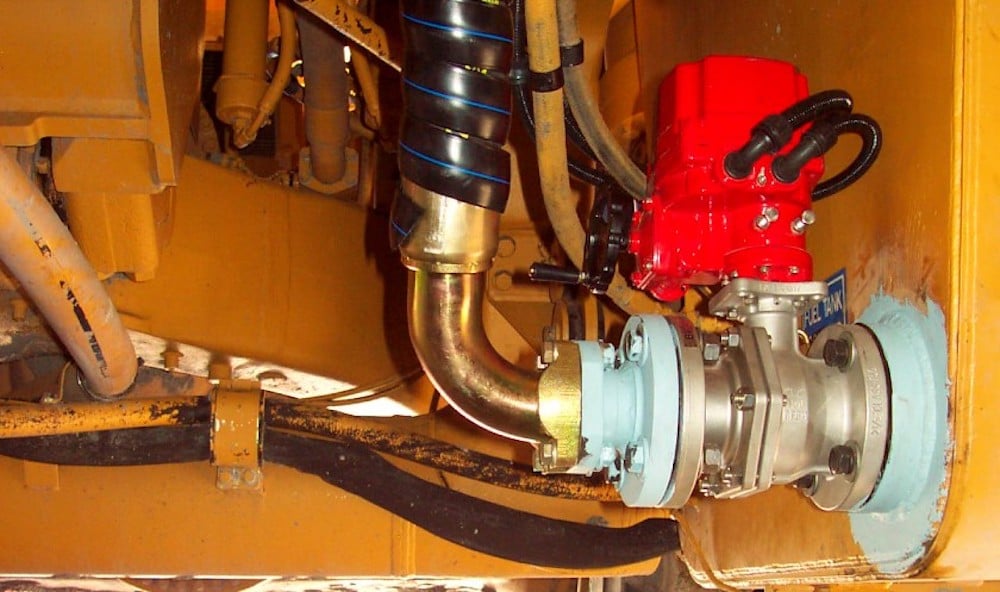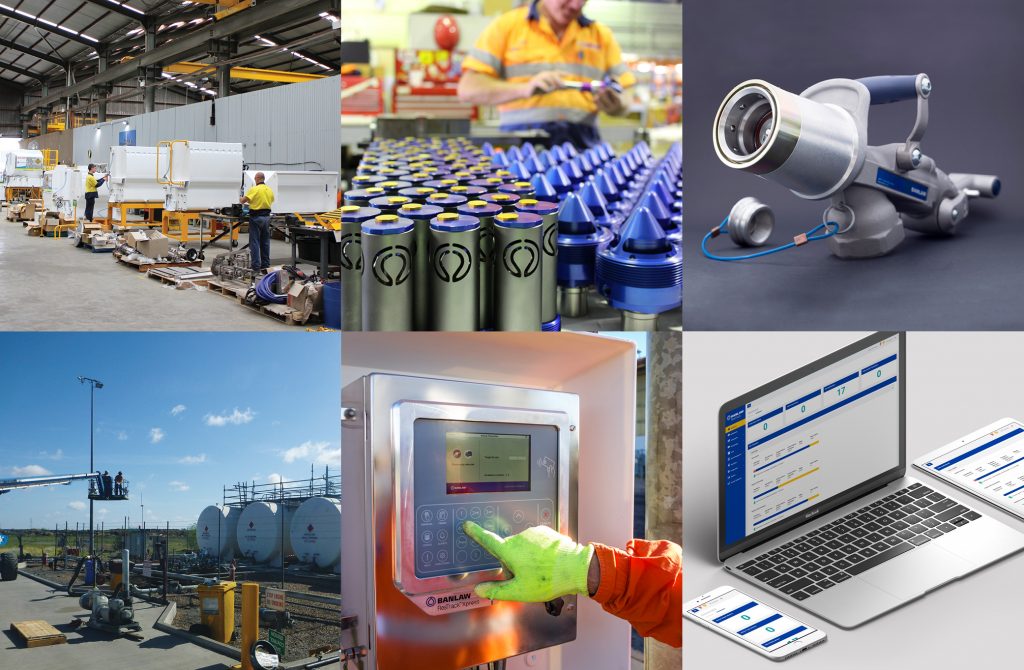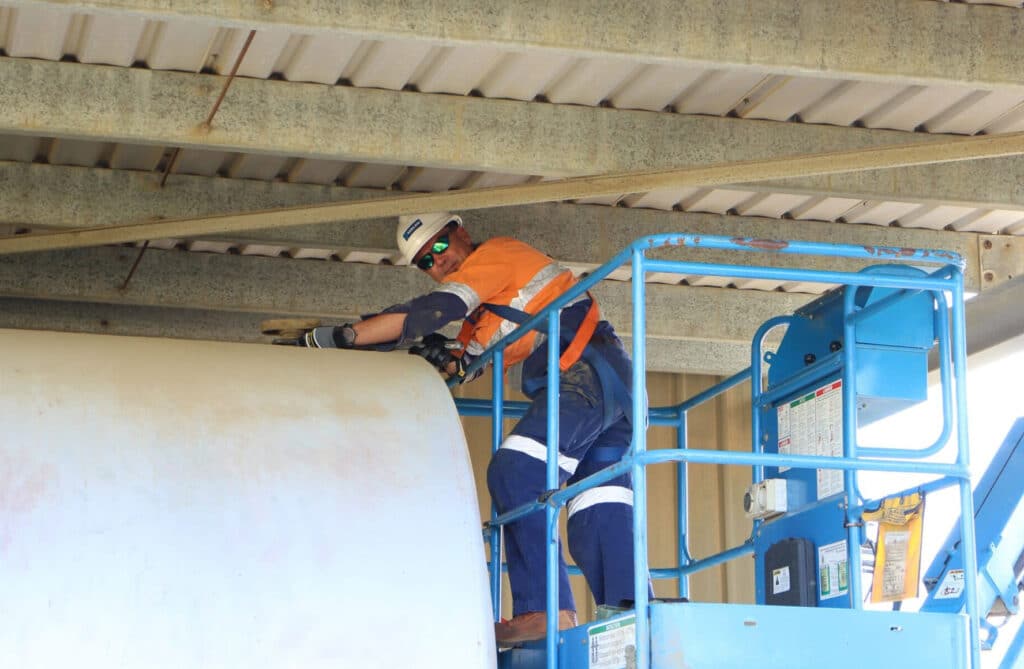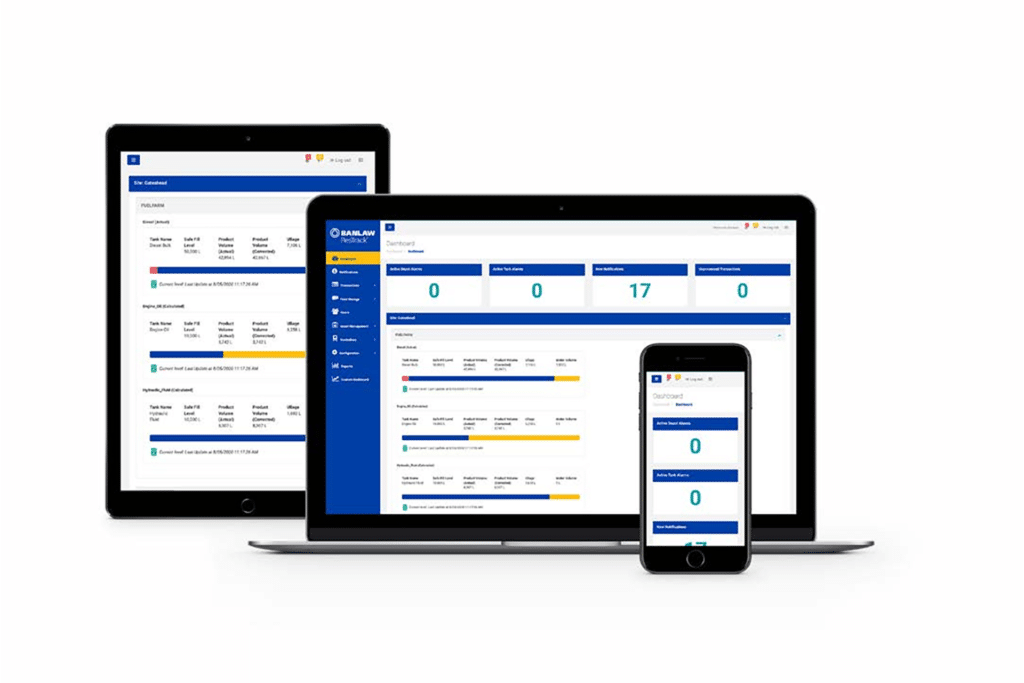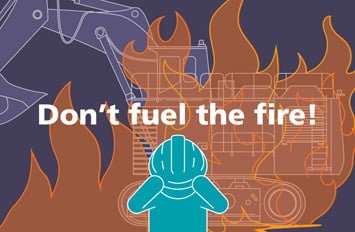Are your generators, vehicles, plant equipment or stationary tanks overfilling? There are numerous ways to manage the risk of tank overfill, and in this blog article, we’ll lay out some of the most common, along with the pros and cons of each. Your first question is probably ‘Why should I care?’, and you’d be asking the right question. It all comes down to risk; what is going to happen in each specific situation if an overfill occurs? Does your current risk management program consider the variables of each application, specifically those variables which may determine a hazard? The ALARP principal is often used in the regulation or safety-critical systems, and requires that residual risk is reduced “as low as reasonably practicable”. If you overfill a small storage tank used for water, it may be that plants will get watered, and ‘people could get wet’.
With liquid hydrocarbons, it’s often more of an issue. Soil and water become contaminated, tanks are ruptured, critical machines burn down, explosions occur; people can die.

